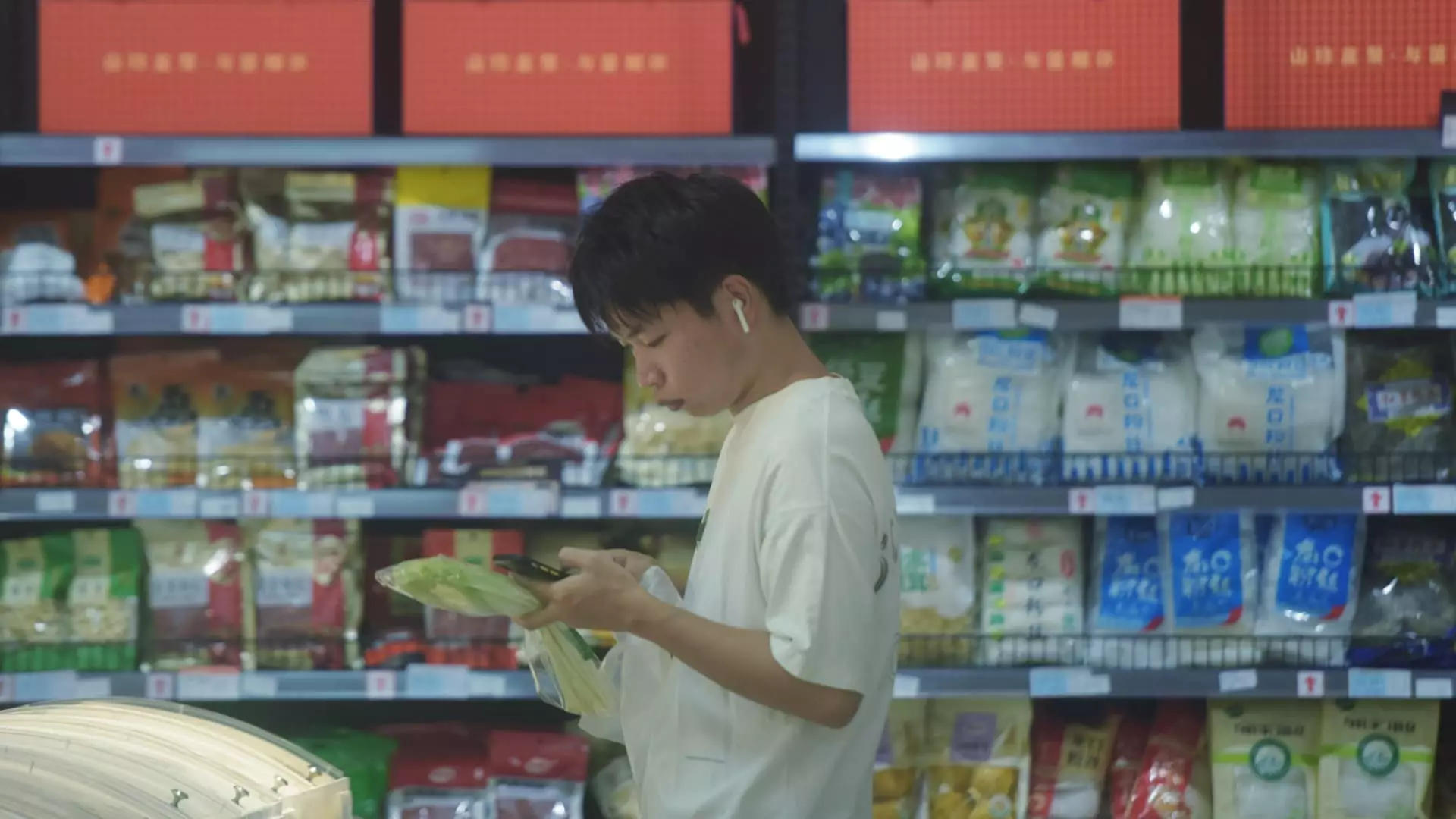Recent data from China’s National Bureau of Statistics reveals a worrying trend in the nation’s economic indicators for August, showcasing slower growth than projected. This downturn comes at a pivotal moment as the world’s second-largest economy grapples with the aftermath of Covid-19 recovery. The figures released suggest a collective economy struggling to regain momentum, prompting analysts to scrutinize the underlying factors contributing to this stagnation.
Retail sales in August registered a growth rate of merely 2.1% compared to the previous year, falling short of the 2.5% growth anticipated by experts. This subpar performance is a notable decline from July’s 2.7% increase, raising concerns about consumer confidence and spending habits in a post-pandemic landscape. With consumer spending being a vital component of economic health, the government needs to investigate whether suppressed demand, inflationary pressures, or changing consumer behavior are stifling retail growth.
Industrial Production: Slowing Momentum
Industrial production also faced headwinds, achieving only a 4.5% rise in August, which was lower than the expected 4.8% and a noticeable drop from July’s 5.1% increase. Such figures suggest a manufacturing sector under strain, potentially influenced by external market conditions and reduced export-driven growth. The combination of slower domestic and international demand poses challenges for manufacturers, indicating the possibility of decreasing industrial output if these trends continue.
Fixed asset investment grew by just 3.4% during the January to August period, which was less than the anticipated 3.5%. This decline can be attributed, in part, to a 10.2% reduction in real estate investment, reflecting the ongoing struggles within this crucial sector. Furthermore, both infrastructure and manufacturing activities exhibited slower growth on a year-to-date basis, hinting at an increasingly cautious approach from investors in light of fluctuating economic conditions.
The uptick in the urban unemployment rate from 5.2% in July to 5.3% in August paints a grim picture of the labor market, particularly among recent graduates. The National Bureau of Statistics has correlated this increase with the annual graduation season, yet it underscores the larger issue of job availability in an economy that appears to be faltering. Notably, youth unemployment stood at a staggering 17.1% a month earlier, illustrating the challenges faced by younger generations entering a sluggish job market.
As China heads into the Mid-Autumn Festival, the current economic climate prompts critical reflection on the effectiveness of governmental policies and the need for strategic interventions. The persistent issues of weakened consumption and insufficient domestic demand signal that substantial adjustments may be required to stimulate economic growth. Policymakers must navigate these turbulent waters thoughtfully, balancing short-term relief measures with long-term stability to foster a more robust recovery in the face of evolving global challenges.

